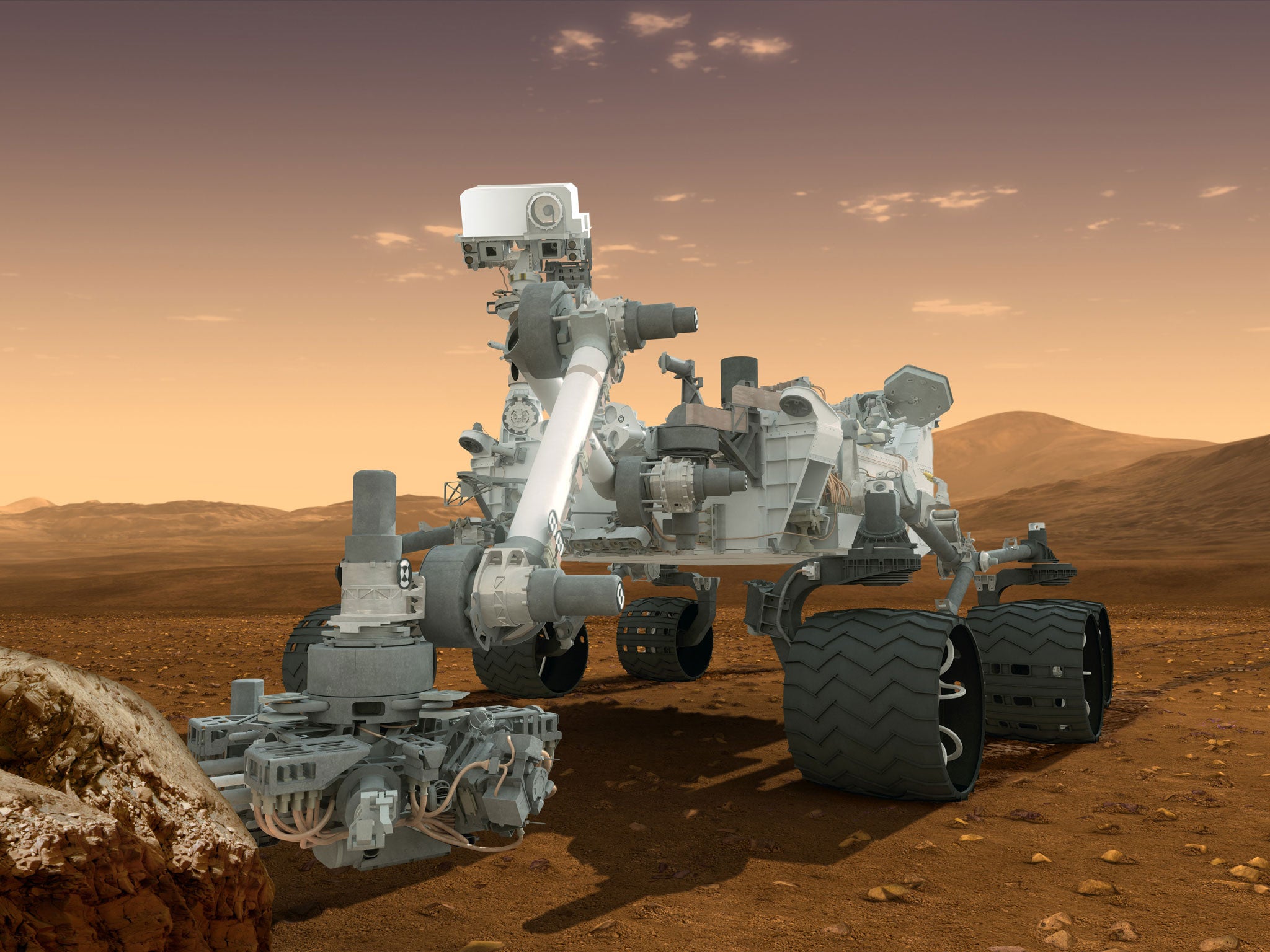Scientific breakthroughs: From bone fragments to Higgs boson, the tiny finds with huge consequences
Winners of this year’s best breakthroughs revealed

Your support helps us to tell the story
From reproductive rights to climate change to Big Tech, The Independent is on the ground when the story is developing. Whether it's investigating the financials of Elon Musk's pro-Trump PAC or producing our latest documentary, 'The A Word', which shines a light on the American women fighting for reproductive rights, we know how important it is to parse out the facts from the messaging.
At such a critical moment in US history, we need reporters on the ground. Your donation allows us to keep sending journalists to speak to both sides of the story.
The Independent is trusted by Americans across the entire political spectrum. And unlike many other quality news outlets, we choose not to lock Americans out of our reporting and analysis with paywalls. We believe quality journalism should be available to everyone, paid for by those who can afford it.
Your support makes all the difference.A technological tour de force that enabled scientists to unravel the entire genome of a Stone Age girl from a tiny fragment of finger bone has been recognised as one of the science breakthroughs of the year – awarded by Science journal.
The girl, who died more than 74,000 years ago in Siberia, belonged to a long-extinct species of humans known as the Denisovans whose only known remains are a lentil-sized bone fragment from a little finger and two molar teeth. But from these fossilised fragments scientists were able to determine the girl’s complete DNA sequence with extreme precision, and so discover that she belonged to a new lineage of ancient humanity.
It was the first time scientists have described a new species of human based on DNA, rather than anatomical descriptions of skeletal remains. It was made possible by a new technique devised by Matthias Meyer, of the Max Planck Institute for Evolutionary Anthropology, in Leipzig, Germany, which enabled the researchers to sequence the girl’s genome 31 times over to eliminate the tiniest of errors.
The winner of the 2012 award, predictably, is the discovery of the Higgs subatomic particle.
The discovery of the Higgs boson by particle physicists at the Cern centre in Geneva, after half a century of theorising and experiments, was bound to eclipse almost any other scientific finding.
The judging panel of the American Association for the Advancement of Science, the publishers of Science, said that the Higgs was the most important scientific breakthrough of the year because of its central role in the standard model of particle physics, the universal theory that explains how particles and forces interact with one another. “Its observation completes the standard model. The only big question hanging over the advance is whether it marks the beginning of a new age of discovery in particle physics or the last hurrah for a field that has run its course,” says the journal.
But for its sheer technological brilliance, the prize could easily have been shared by the team who managed the multiple DNA sequencing of the entire Denisovan genome, revealing their unique genetic attributes.
“The results confirmed the Denisovans interbred with the ancestors of some living humans; people living in parts of island South-east Asia have inherited about 3 per cent of their DNA from Denisovans,” Science says. “The genome offers a glimpse of the girl, suggesting she had brown eyes, brown hair, and brown skin. It also allowed the team to use DNA to estimate the girl died between 74,000 and 82,000 years ago – the first time researchers had used genomic information to date an archaic human,” it says.
2012 breakthroughs: rest of the best
Making eggs from stem cells
Embryonic stem cells of mice can be coaxed into mature eggs.
Curiosity rover landing system
A sky-crane hovered over Mars to lower its precious space vehicle.
X-ray lasers to unravel protein structure
Images of the sleeping-sickness parasite were revealed.
Precision gene engineering
Specific genes can now be turned on and off like a light switch.
The Encode gene project
This showed the genome is far more complex than first thought.
Brain-machine interface
Paralysed patients controlled mechanical arms with brainpower.
Neutrino mixing angle
Neutrinos “morph” from one state to another at near-light speed.
Majorana fermions
These exotic sub-atomic particles were just a theoretical possibility until the first evidence this year.
Join our commenting forum
Join thought-provoking conversations, follow other Independent readers and see their replies
Comments